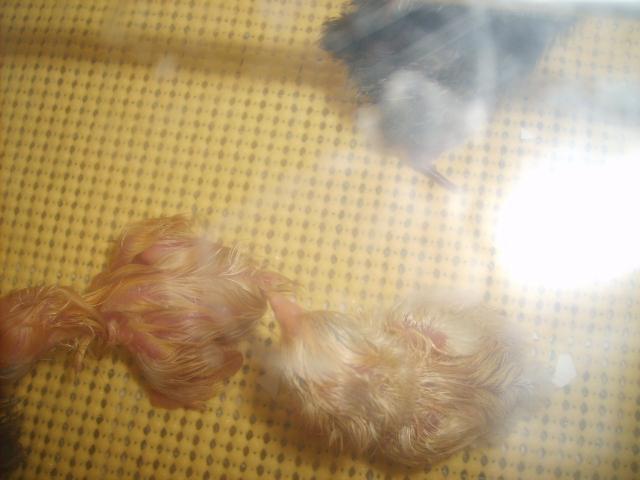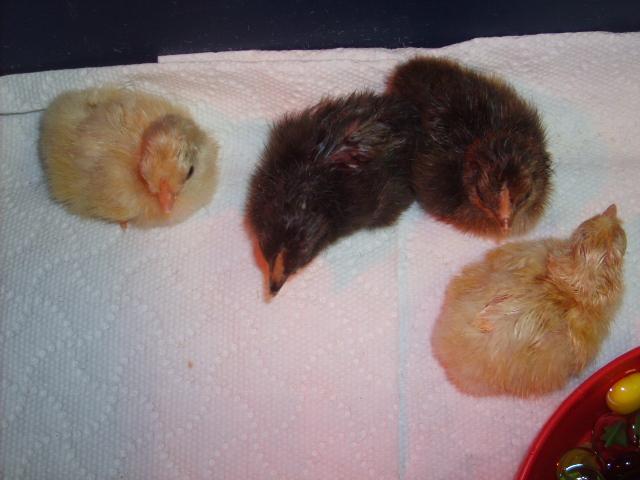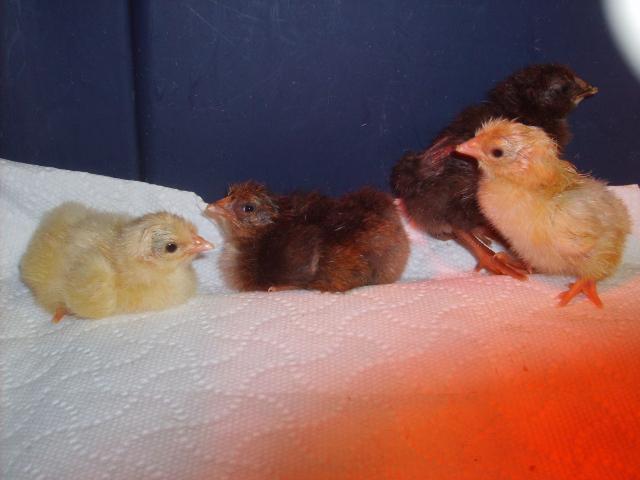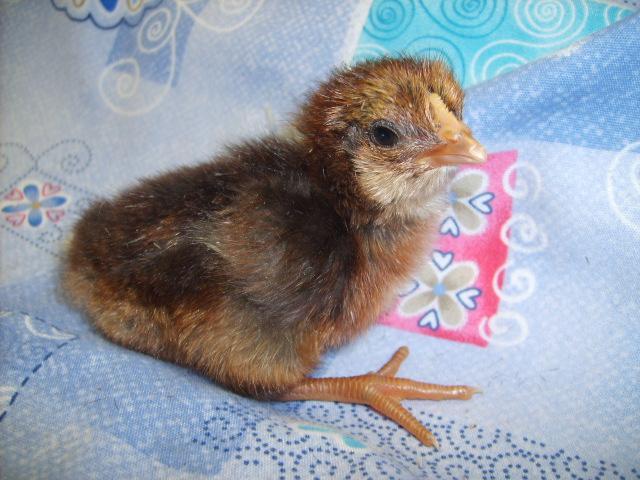Quote:
Leave them in the bator until they are ALL hatched, and they are all fluffy. Do not take them out wet.
Leave them in the bator until they are ALL hatched, and they are all fluffy. Do not take them out wet.
Follow along with the video below to see how to install our site as a web app on your home screen.
Note: This feature may not be available in some browsers.











